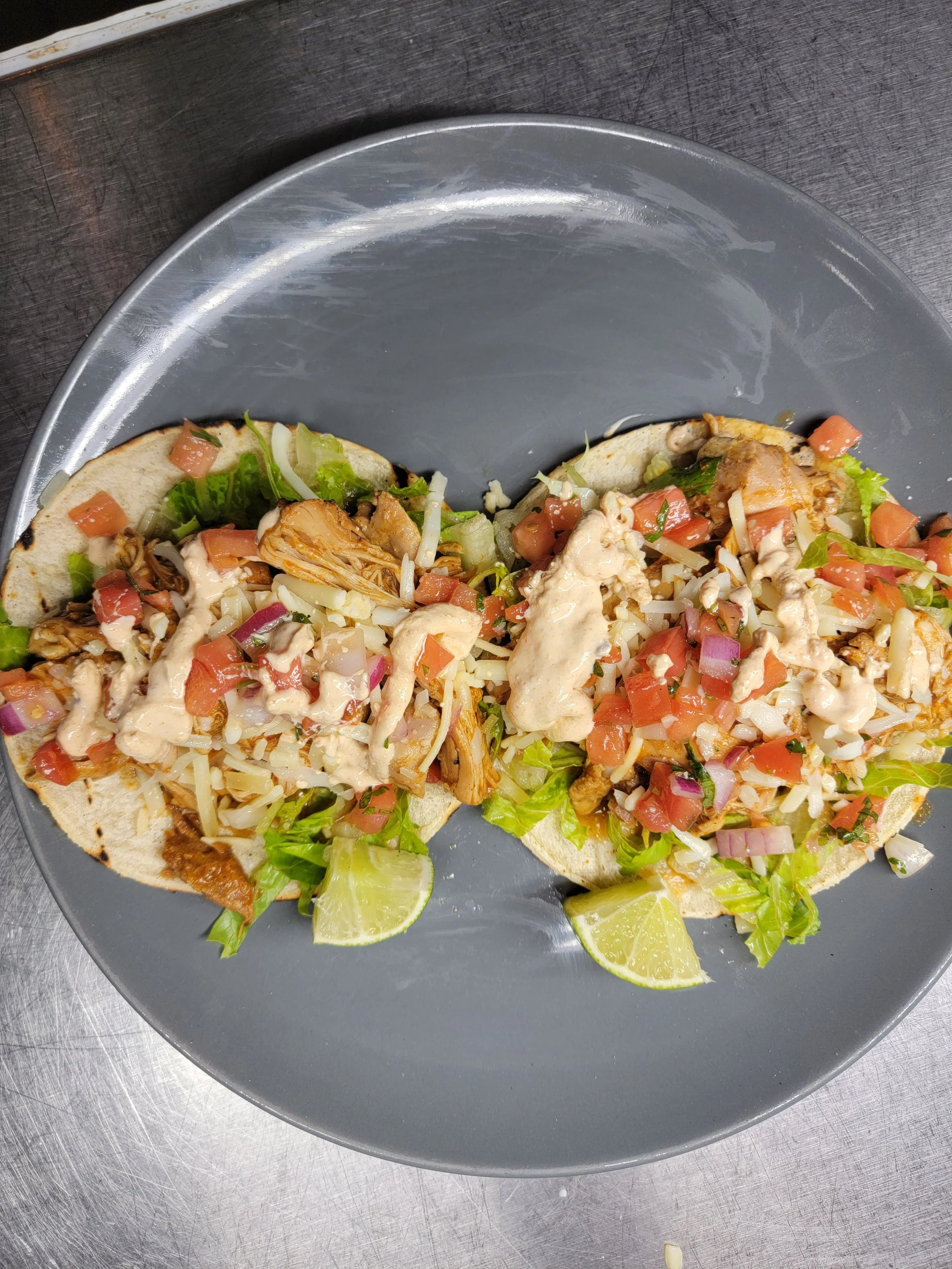How to cook chorizo
Introduction
Chorizo, a beloved Spanish sausage known for its rich and robust flavors, is a culinary delight that has gained popularity worldwide. When it comes to cooking chorizo, there are various methods that can be employed to enhance its taste and texture. Whether you prefer a smoky and charred exterior or a tender and succulent interior, understanding how chorizo is cooked is essential in order to achieve the desired result.
One of the most common ways to cook chorizo is by pan-frying or grilling it. To do this, start by heating up a skillet or grill over medium heat.
While the pan or grill is warming up, carefully remove the chorizo from its casing. This can be achieved by making a small incision along the length of the sausage using a sharp knife and then peeling off the casing.
Once you have removed the casing, place the chorizo directly onto the hot skillet or grill. Allow it to cook for several minutes on each side until it develops a deep caramelized color and releases some of its flavorful oils.
The exact cooking time will depend on the thickness of your chorizo, but typically it takes around 5-7 minutes per side. While pan-frying or grilling impart delicious flavors to chorizo, another popular method involves simmering it in liquid.
This technique works particularly well when incorporating chorizo into stews or soups. To do this, simply slice your chorizo into bite-sized pieces and add them to your chosen liquid base – whether it's a tomato-based sauce for paella or a hearty bean soup.
Bring the mixture to a gentle simmer over low heat and allow it all to cook together for at least 15-20 minutes. This allows for an excellent melding of flavors as well as ensuring that all components are fully cooked through.
The slow simmer also helps mellow any spiciness in chorizos that have been heavily seasoned with peppers or spices. Whichever method you choose, it's important to note that chorizo is a raw sausage and needs to be fully cooked before consumption.
This not only ensures optimal food safety but also unlocks its full potential, allowing its flavors to truly shine through. In the next section, we will explore why chorizo is cooked the way it is, unveiling the underlying reasons behind these cooking techniques and how they contribute to the overall culinary experience.
Why it is cooked this way
Chorizo, the legendary sausage originating from Spain and widely enjoyed across many cuisines, is cooked in a specific way to accentuate its unique flavors and textures. The cooking process involves a combination of grilling, frying, or simmering, depending on the preferred method of preparation.
Each method imparts distinct characteristics to the sausage, enhancing its flavor profile and ensuring a delightful culinary experience. When chorizo is grilled, it undergoes a remarkable transformation.
The intense heat of the grill caramelizes the outer layer of the sausage, resulting in a beautiful charred exterior that adds depth and complexity to its taste. As the fat within the chorizo begins to render and drip onto the hot coals or grates, it creates tantalizing smoke that infuses into the meaty interior.
This smoky essence elevates chorizo's flavor by imparting robust notes that resonate with every bite. Alternatively, frying chorizo in a skillet offers another delectable approach.
Placing sliced chorizo rounds into a hot pan causes their edges to crisp up while releasing their rich oils. The rendered fat melds with any spices present in the sausage—such as paprika or chili powder—and imparts an indulgent savoriness throughout each piece.
The combination of crispy edges and tender center provides textural contrast that captivates both palate and tongue. For those who prefer softer textures and an even distribution of flavors within their dishes, simmering chorizo can be an excellent choice.
By gently cooking sliced or crumbled chorizo in liquid—be it water, beer, wine, or broth—the sausage absorbs moisture while allowing its inherent spices to mingle harmoniously with other ingredients in stews or soups. This slow cooking method ensures that every bite of chorizo brings forth its robust taste without overwhelming other components.
Whether you choose to grill chorizo for its smoky intensity, fry it for its crisp edges, or simmer it to subtly blend flavors with other ingredients, the way chorizo is cooked accentuates its unique qualities. Each method unlocks different dimensions of taste and texture, allowing this beloved sausage to shine in a variety of culinary creations.
The Origins of Chorizo
Chorizo, that delightfully flavorful sausage that adds a burst of taste to any dish, has a rich and fascinating history.
Its origins can be traced back to Spain, where it emerged as a staple in Mediterranean cuisine. The word "chorizo" comes from the Latin word "salsicium," meaning sausage, which further shows its ancient roots.
There are various theories about how chorizo made its way into Spanish cuisine. One popular belief is that it was introduced during the Roman Empire's rule over the Iberian Peninsula.
Romans were known for their love of sausages and brought their culinary traditions wherever they went. They incorporated local spices and flavors into their sausages, giving rise to the diverse regional variations we see today.
Another theory suggests that chorizo arrived in Spain with the invading Moors from North Africa in the 8th century. The Moors had a deep appreciation for aromatic spices like paprika, cumin, and cinnamon.
These spices found their way into Spanish cuisine and became essential ingredients in chorizo recipes. As time went on, different regions of Spain developed distinct styles of chorizo, each showcasing unique flavor profiles and cooking techniques.
In northern regions like Asturias and Navarra, traditional chorizos are made with lean pork meat seasoned with garlic, smoky paprika (known as pimentón), oregano, and even white wine. In contrast, southern regions like Andalusia use spicier varieties with chili peppers or other hot spices.
The rich history of chorizo is tightly intertwined with Spanish culture and its culinary traditions. Whether enjoyed on its own or used as an ingredient in dishes such as paella or tapas platters, this delectable sausage continues to captivate food enthusiasts across the globe by adding a burst of irresistible flavors to every meal.
The History of Chorizo
Chorizo, with its rich and robust flavors, has a fascinating history that spans centuries. This beloved sausage has its roots in the Iberian Peninsula, specifically Spain and Portugal. The origins of chorizo can be traced back to ancient times when the Romans introduced pork production to the region.
Over time, the locals began experimenting with different seasonings and curing methods, giving birth to what we now know as chorizo. In Spain, chorizo became an integral part of the culinary landscape during the Middle Ages.
It was not only valued for its exceptional taste but also for its long shelf life, which made it ideal for long journeys and exploration expeditions. Spanish sailors often took chorizo on their voyages across the world, introducing this delectable sausage to various cultures in Asia, Africa, and America.
The specific flavors and characteristics of chorizo evolved over time as different regions in Spain developed their unique versions. For example, in the northern region of Asturias, they created a milder version called "chorizu," which is made from lean pork and seasoned with garlic and spices like paprika or black pepper.
On the other hand, southern Spanish chorizos tend to be spicier due to a higher concentration of hot paprika. The popularity of chorizo continued to soar when Spanish explorers brought it to Latin America during colonization.
It quickly became an essential ingredient in many traditional dishes across countries like Mexico, Argentina, and Colombia. Each region added a twist of local spices or cooking techniques while staying true to the essence of this flavorful sausage.
Today, whether served grilled alongside a plate of tapas or incorporated into hearty stews like fabada asturiana or paella valenciana, chorizo stands as a testament to centuries-old culinary traditions that have traveled across continents. Its rich history is not only reflected in its taste but also in how it has become an integral part of diverse cuisines worldwide, making it a beloved ingredient enjoyed by millions.
Before we dive into the cooking techniques, it's essential to understand the roots of this delicious sausage.
Spain vs. Mexico: A Tale of Two Chorizos
Chorizo can be broadly categorized into two main types: Spanish and Mexican.
Spanish Chorizo: This is a cured or semi-cured sausage made from coarsely chopped pork and seasoned with smoked paprika. It can be eaten without cooking and is often found in tapas dishes.
Mexican Chorizo: Unlike its Spanish counterpart, Mexican chorizo is a fresh sausage, meaning it requires cooking before consumption. It's made from ground pork and seasoned with a mix of spices, including chili peppers, which give it its distinctive red color.
H1: Preparing Chorizo for Cooking
Before you start cooking, there are a few preparatory steps to ensure you get the best flavor out of your chorizo.
Choosing the Right Chorizo
Whether you're at a local butcher or a supermarket, look for chorizo that's bright in color and has a firm texture. If you're opting for Mexican chorizo, ensure it's fresh and has a use-by date that's well in the future.
Storing Chorizo
If you're not cooking your chorizo immediately, store it in the refrigerator. Spanish chorizo, being cured, has a longer shelf life, but it's always a good idea to consume it within its recommended timeframe. Mexican chorizo, on the other hand, should be treated like any fresh meat product.
Cooking Techniques for Chorizo
Now, let's get to the heart of the matter: how to cook chorizo. The method you choose largely depends on the type of chorizo and the dish you're preparing.
Pan-Frying Chorizo
This is one of the simplest and most popular methods, especially for Mexican chorizo.
Remove the Casing: If your chorizo comes in a casing, you'll want to remove it. Simply make a slit down the length of the sausage and peel it away.
Crumble or Slice: For Mexican chorizo, crumble the meat into a hot pan. If you're using Spanish chorizo, slice it into rounds.
Cook Until Browned: Cook the chorizo over medium heat, stirring occasionally. Mexican chorizo should be cooked until fully browned and crispy, while Spanish chorizo just needs to be heated through and slightly crisped on the edges.
Grilling Chorizo
Perfect for summer barbecues, grilling gives chorizo a delightful charred flavor.
Preheat the Grill: Aim for a medium-high heat.
Prepare the Chorizo: For Spanish chorizo, slice into thick rounds or half-moons. Mexican chorizo can be left whole.
Grill: Place the chorizo on the grill. Turn occasionally, cooking until it's browned and cooked through.
Baking Chorizo
This method is excellent for dishes where chorizo is an ingredient, like in a casserole.
Preheat the Oven: Set your oven to 375°F (190°C).
Prepare Your Dish: Add chorizo to your dish, whether it's a casserole, pastry, or another baked good.
Bake: The cooking time will vary based on the dish, but generally, you're looking for the chorizo to be fully cooked and the dish to be golden brown.
Dishes to Try with Chorizo
Chorizo is incredibly versatile. Here are a few dishes to consider:
Chorizo and Eggs: A classic breakfast dish, simply scramble some eggs with pan-fried Mexican chorizo.
Chorizo Tapas: Slice Spanish chorizo and pair with cheese, olives, and crusty bread.
Chorizo Paella: Incorporate chorizo into this traditional Spanish rice dish for an added layer of flavor.
Conclusion
Cooking chorizo is a delightful culinary adventure that brings together flavors from different cultures and regions. Whether you prefer the smoky Spanish style or the spicy Mexican variety, chorizo offers a versatile and flavorful addition to many dishes.
By following the steps outlined in this article, you can confidently cook chorizo like a seasoned chef. Through our exploration of how chorizo is cooked and why it is prepared in certain ways, we have gained insights into the rich history and origins of this beloved sausage.
From its humble beginnings as a means of preserving meat to becoming a staple ingredient in various cuisines, chorizo has evolved with time and adapted to meet the diverse tastes of people around the world. So next time you find yourself craving something bold and savory, consider incorporating chorizo into your culinary endeavors.
Its robust flavors and versatility make it a wonderful ingredient for breakfast tacos, paella, pasta sauces, or even as a standalone main course. Don't be afraid to experiment with different spices, herbs, and cooking methods to create your own unique twist on traditional recipes.
In essence, cooking chorizo opens up endless possibilities for delicious meals that are sure to please your taste buds. So go ahead and embrace the sizzle of the pan as you sauté those fragrant slices of chorizo or enjoy the smoky aroma wafting through your kitchen as you grill or roast it.
Cooking chorizo brings people together through food – it's an opportunity to share culture and create memorable experiences around the table. Embrace this culinary journey with confidence and enjoy every bite!




















































